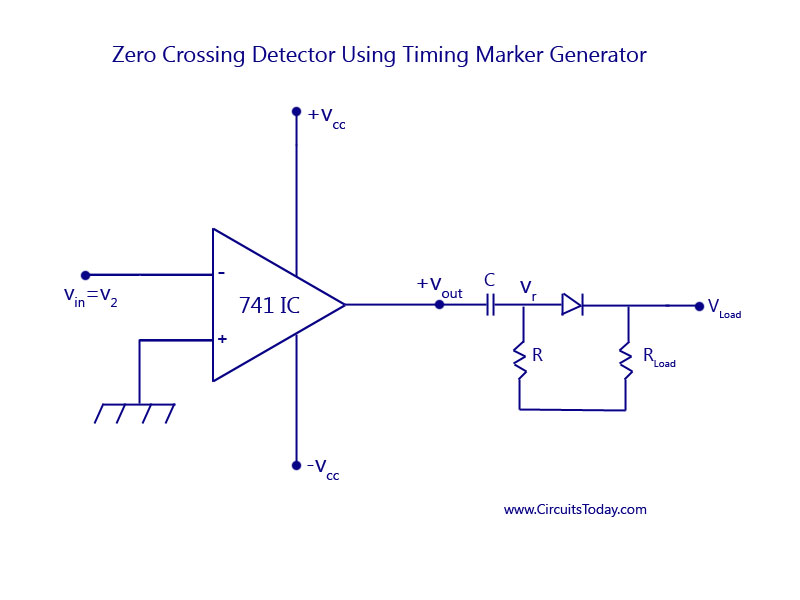

This optimizes S/N ratio with low distortion. At low volume level, push the output of the mixer until you see or hear distortion, then back off until it's a clean but hot signal. First step is to make sure the mixer is putting out the hottest signal it can without clipping it's output. You need to establish proper gain structure. Don't play some 10kHz sine wave (tweeters can't handle much power), don't play a 20Hz one (unless it's for a subwoofer and you know it can handle it), and don't leave an appropriate-frequency tone playing for a long time, either. Actual music is dynamic and will confuse a multimeter's voltage output such that the number it says wouldn't really mean much or be comparable.ĮDIT: To add to the test tone testing, if you are trying to test anywhere near max power handling, you shouldn't play test tones for very long, and keep them relatively low frequency.

Then you know the clipping happened somewhere between whatever 2 signals you are measuring.Įasier to do this testing with an oscilloscope or distortion meter or something else but you could do this with a multimeter, again, only if you use a sine wave. You keep going until you get clipping and you will find maybe the input voltage went up 10% but the output only went up 5%. You can then increase the input a little, and the output should increase proportionally. If you measure the input and output voltage of an amp when it is not clipping, you can divide output/input to get the gain. It will still increase, but any clipped signal will have a lower voltage than a non-clipped equivalent. When something starts clipping, its voltage will stop increasing linearly and will increase at a lower rate.

You can use a multimeter to measure this if you use sine wave test tones. If you're not getting very loud then it might not be the amp's output that is clipping. You did name brands but not model numbers, but giving as much information as possible really helps people answer your question.Īnyway, you're driving the amp with the mixer, right? Which Behringer mixer is it? And can you get any more total output w/o clipping if you were to try either lowering the Behringer gain and increasing the amp gain, or vice-versa? You can be clipping the output of the mixer (or one of the inputs of the mixer, even), the input of the amp, or the amp's output. What gauge you would want to use depends on which amp and which speakers we're talking. Meade actually managed to pack some humor into his manual.quality you just cant match from the mass producers.Long speaker wire runs is fine as long as you're not using some wimpy 18 gauge cable or something.
Amp clipping detector full#
** READ THE MANUAL, not only insanely easy to read and full of useful info. a 150 watt channel will decimate a 35w coil with an undistorted signal! Just keep in mind this detects distortion and not your max output and you'll set gains like a pro. You can and will over power your speakers and blow coils if you just crank your amp to max undistorted levels without concern for your speakers power handling rating. A word of warning, although this is often confused as a gain setter. All and all this unit is solid and well worth every single one of the 15,000 pennies you spend on it. This tool also can be perfect for finding your decks max undistorted volume, which is a bonus for any SQ oriented builder. I set the gains of both my DC3.5k mono and DC175.4 4Channel, in the underground parking of the local mall on my lunch break. It's sole purpose is to detect distortion, Which it does at an amazing accuracy and with minimal user effort. This tool is by far the most impressive single purpose tool I have ever purchased.


 0 kommentar(er)
0 kommentar(er)
